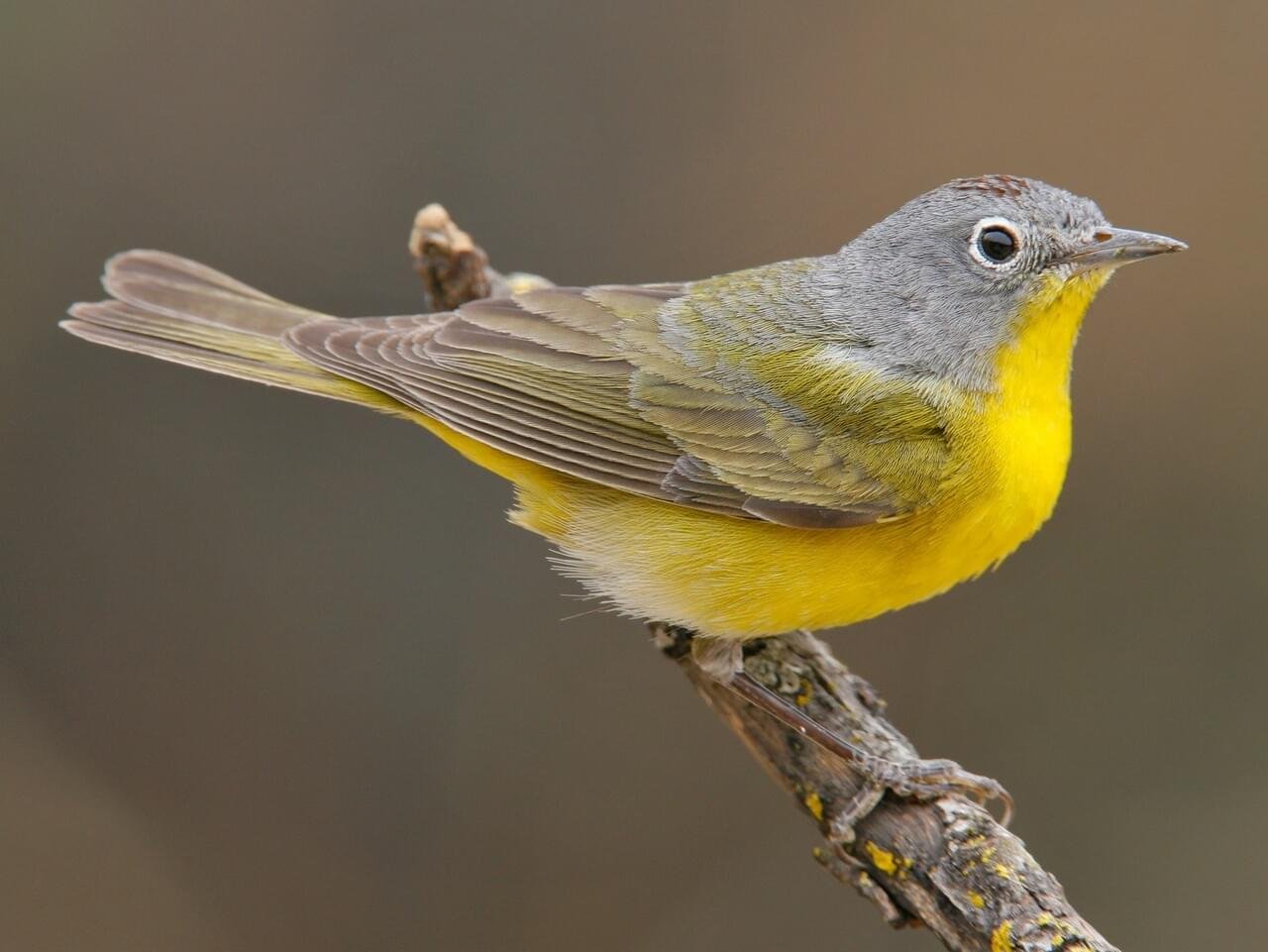Once again the Great Backyard Bird Count is just a few weeks away, February 17 thru 20. The GBBC is a worldwide online citizen-science project, the first of its kind to collect data on wild birds and display results in near real time. It was launched in 1998 by the Cornell Lab of Ornithology and the National Audubon Society.
Our observations and data help scientists better understand global bird populations before one of their annual migrations.
Visit www.birdcount.org/about/ for more info on the count!
It’s fun and easy to participate and all you need is a birdfeeder or two. Information and instructions are available through the link provided. The 3 steps to participating are as follows:
Step 1 – Decide where you will watch birds. Easy enough. Your backyard works just fine.
Step 2 – Watch birds for 15 minutes or more, at least once over the four days, February 17-20, 2023.
Step 3 – Count all the birds you see or hear within your planned time/location and use the best tool for sharing your bird sightings: E-bird mobile, E-bird on a computer, or Merlin bird id app.
If you are a beginning bird admirer and new to the count, try using the Merlin Bird ID mobile app.
If you have participated in the count before, try eBird mobile app or enter your bird list on the eBird website www.ebird.org (desktop/laptop).
If you are participating as a group, see instructions for Group Counting.
We hope you will participate and present your data for a very worthy study.
Mark your calendars!
In celebration of National Bird Feeding Month and the GBBC all bird feeding products, from seed and suet, to feeders and feeder accessories, shepherd’s poles, hooks and hangers, and squirrel baffles will be on sale Feb. 11 thru Feb 18!




